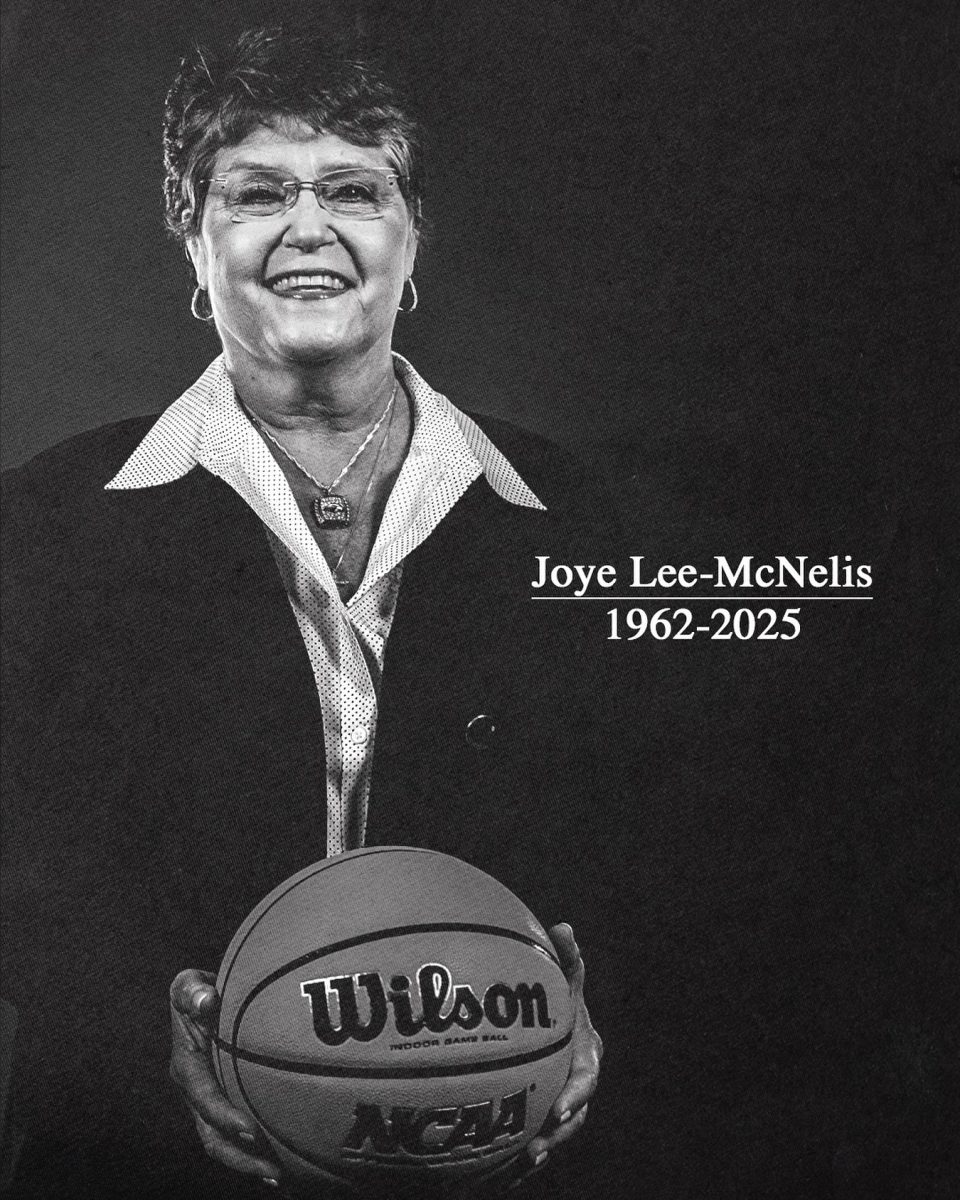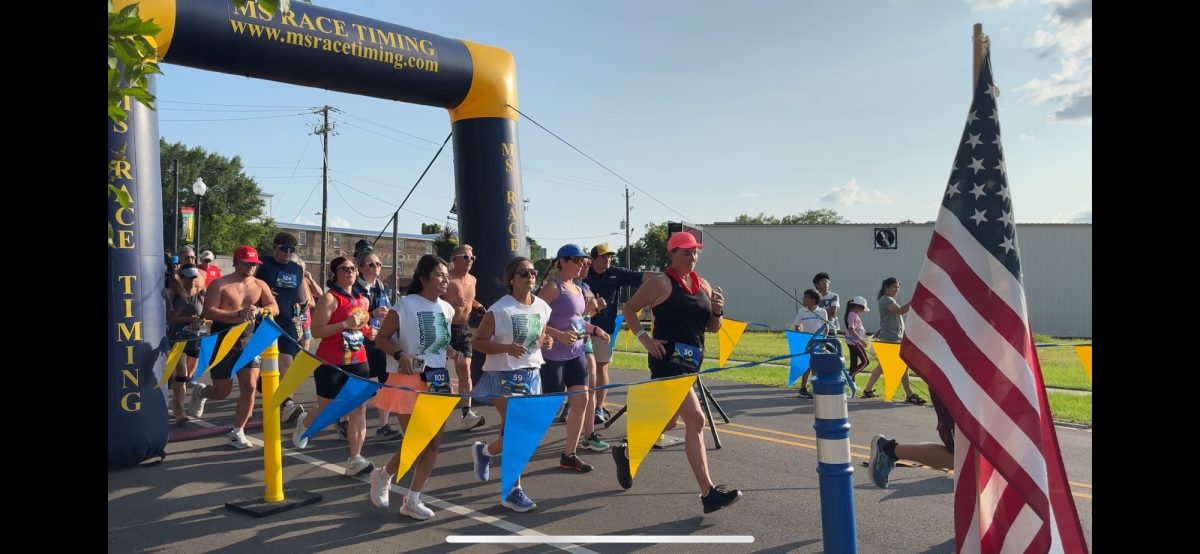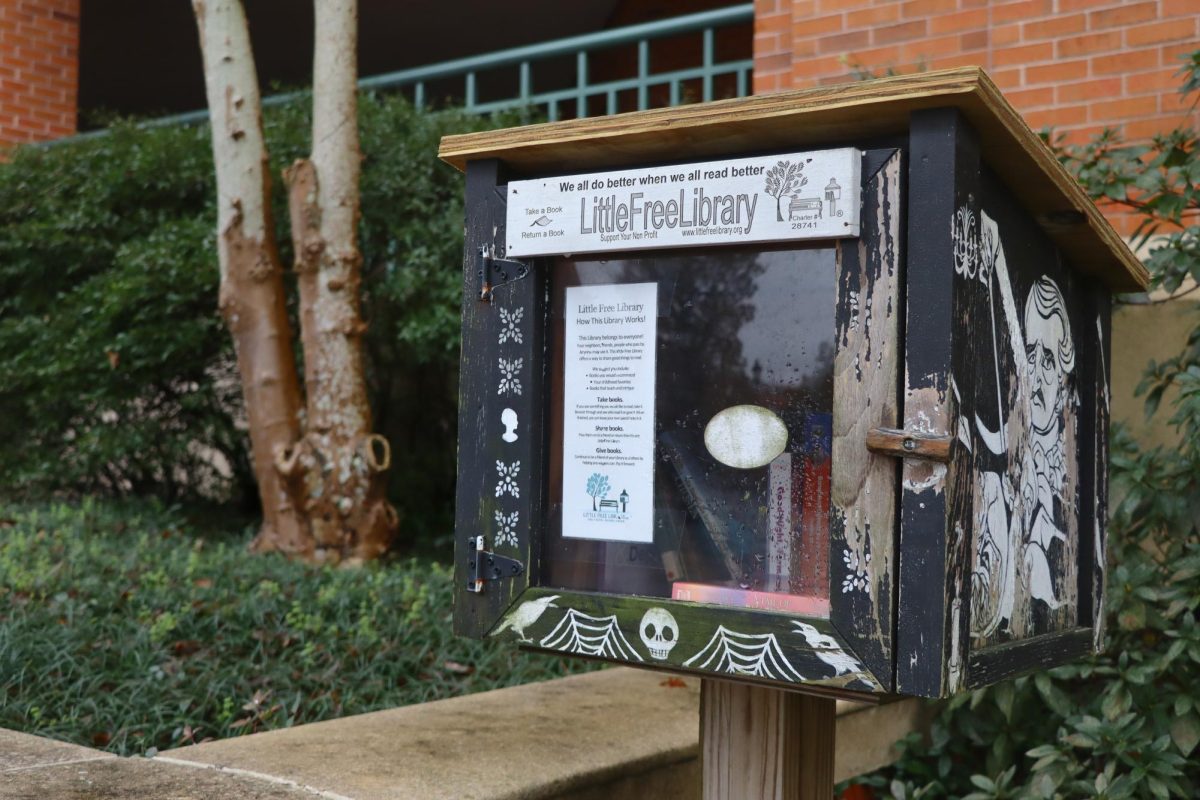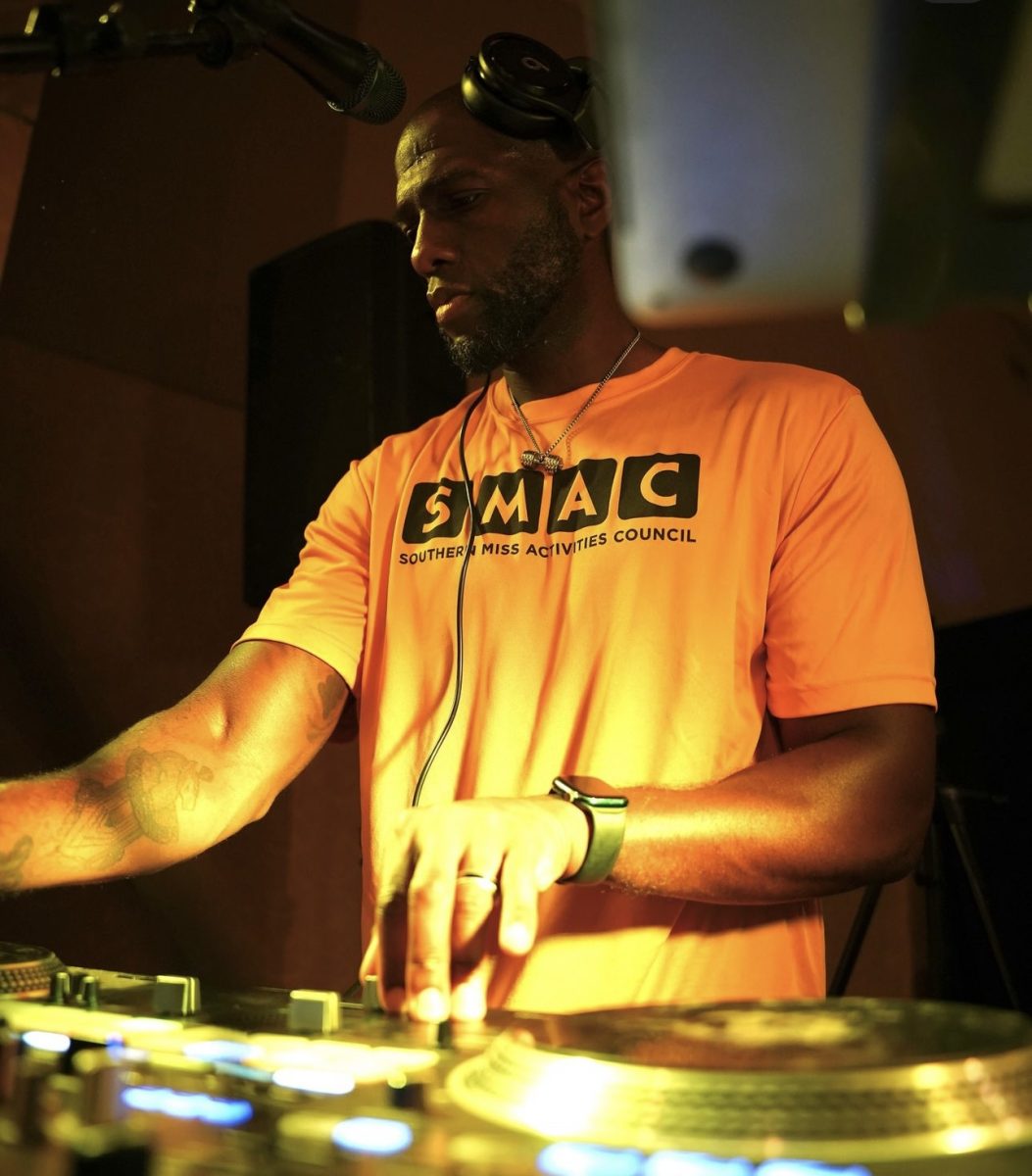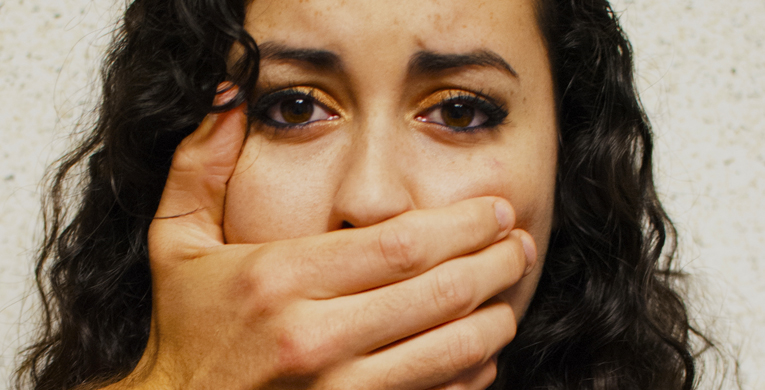
Becky Vu/Printz
When students think of October, many things spring to the forefront: fall weather, Halloween and breast cancer awareness. However, amid all the pink awareness signs, the holiday decorations and the general beauty of nature, a key feature of October often slips away unnoticed: Domestic Violence Awareness Month.
As college students, relationships are just another aspect of life. They come and they go, some lasting longer than others, but in each one, there is a common factor that many fail to recognize: the potential for abuse. According to the Mississippi Coalition Against Domestic Violence (MCADV), approximately one in five teens in serious relationships report physical abuse within the relationship.
One in three adolescent girls in the United States are victims of some form of abuse, be it physical, emotional or sexual.
The first step to solving the problem of abuse is to identify the signs. First, one should note that abuse is not always obvious, and it is not always physical or sexual. Emotional abuse is a legitimate, damaging problem and is recognized by professionals nationwide as a form of domestic abuse.
When asked whether or not she would be able to spot the signs of abuse, Madeleine Lowrey said, “I would like to think so. I know a lot of the signs: isolation, super quick commitment, super controlling, [and] bursts of anger.”
The signs are not always easy to spot. As Lowery, a vocal performance major, stated, one of the most common signs that a friend, family or co-worker may be experiencing abuse in their relationship is isolation – that is, he/she rarely goes out without his/her significant other, and/or is restricted from seeing others.
Other signs include low self-esteem, major personality shifts (i.e. extroverted to introverted), depression, anxiety, fear of the significant other, being anxious to please the significant other, always asking permission to go places or see people, and talking about the significant other’s anger issues, jealousy or controlling nature.
Signs the abuse may be physical includes not only obvious bruises, but also frequent unexplained absences from school or work and wearing inappropriate clothing that may hide marks, such as sleeves in hot weather or sunglasses indoors.
Signs that someone you know may be abusive to his/her significant other include possessiveness over the significant other in question, attempts to drastically change the significant other’s personality or behaviors in order to fit pre-conceived ideals, and an overly-controlling nature towards the significant other.
Being on the outside looking in may make spotting the signs of abuse seem simple. However, when one is in an abusive relationship, it is not always to notice behaviors. Often, those in abusive relationships make excuses about their partner’s behavior or try to ignore the abuse completely.
It is important to identify the signs of abuse early in a relationship to minimize emotional or physical damage and potentially save lives. If it has been established that an abusive relationship is taking place, the next step is to choose a course of action.
If a friend, family member or co-worker is in an abusive relationship, it is important to express any and all concerns without appearing judgmental or blaming any party involved.
If they agree to talk it out, it is imperative that you listen to all they have to say. You should not try to pressure them into taking action, particularly if the realization of the abuse is sudden, as the feeling of pressure outside the relationship could be overwhelming and ultimately push them further from seeking help. Offering your assistance and support is always a good idea, but you should not place conditions around your support (i.e. “I’ll be there, but only if you agree to do this”), and you should not give unwarranted advice. If the abuse has escalated to the point that it is an immediate, life-threatening issue, however, then further help may need to be sought from the authorities.
Ultimately, it is the abused individual that must make the decision on how to proceed. This presents itself in the form of what is quite possibly the most difficult choice to make in any relationship: to stay or to leave. In deciding, the abused individual should first realize that any and all abuse that has taken place has not taken place through any fault of his or her own. Blame is often placed on the abused individual by themselves, and this often leads to increased vulnerability to abuse, general emotional damage and the decision to stay for improper reasons. The abused individual should mentally reinforce the idea that he or she has a high self-worth, and friends and family of the abused individual should aid in this as much as possible.
Once the thought of blame has been lifted, the abused individual should consider the following if he or she is considering maintaining the relationship: Most abusers will not correct their habits, and if they do, the process is lengthy, which puts one at risk for further abuse.
When asked how she might handle abuse, Lowery replied, “I’d probably talk to someone older. Or someone who was around who could keep said abuser away from me. Depending on how bad it got, I might get a restraining order.”
If the abused individual has decided to stay, then it is imperative that he or she forms a strong support system, consisting of friends, family, etc., that would be willing to help should an emergency arise. The abused individual should consider seeking counseling services through local domestic violence and sexual abuse programs.
If the abused individual has decided to leave, he or she should prepare beforehand. This can be done by making note of the abuser’s “red flags” – things done or said that may cause an outburst of anger.
Unfortunately, domestic violence is a problem that plagues homes and families across the nation. The cycle of abuse is continuous with more people becoming victims every day.
It is within our power to break the cycle through awareness and support for the victims. State and national resources available for victims include: the National Domestic Violence Hotline at 1.800.799.SAFE; and the Mississippi Coalition Against Domestic Violence at 1.800.898.3234 (Monday-Friday from 8 a.m. to 5 p.m.) and 1.800.799.7233 (after hours).
Southern Miss resources include: Student Counseling Services can be contacted at 601.266.4829, located on the second floor of Kennard-Washington Hall Room 200, with information available at www.usm.edu/counseling. Student Health Services, for those victims of physical abuse that seek medical attention, is located at the Beedie Smith Health Clinic across from Kennard-Washington Hall and can be reached at 601.266.5390.
Destiny Reynolds is a survivor of domestic violence.

